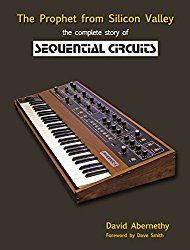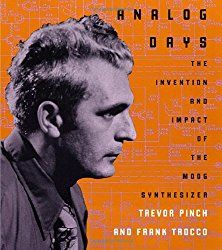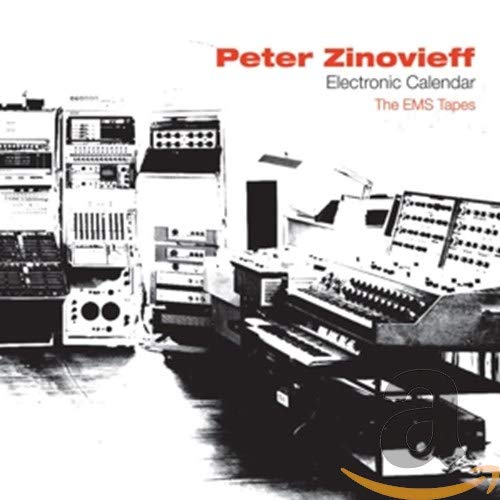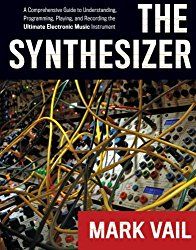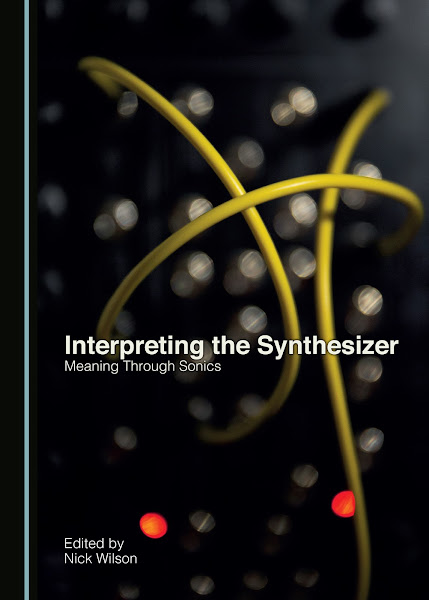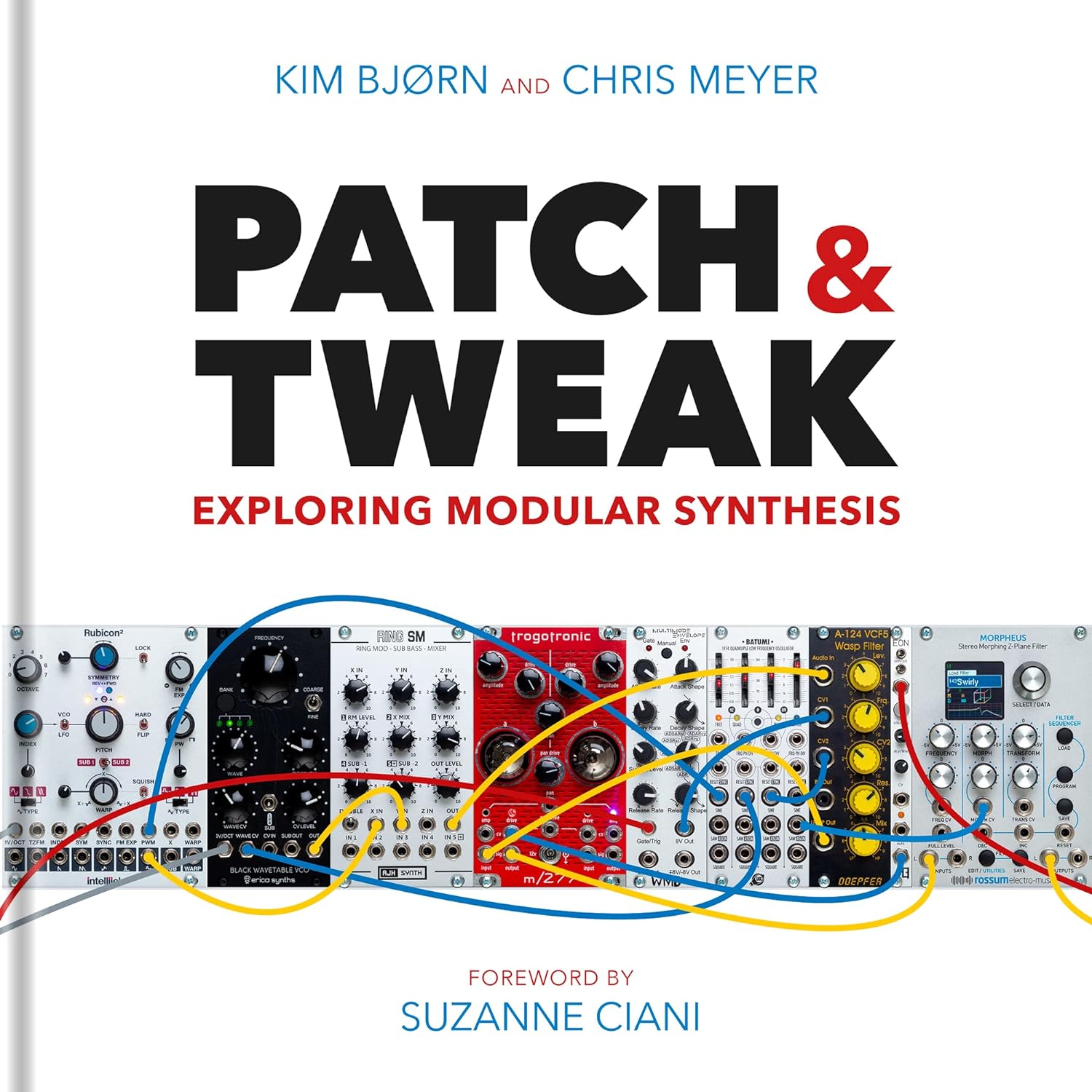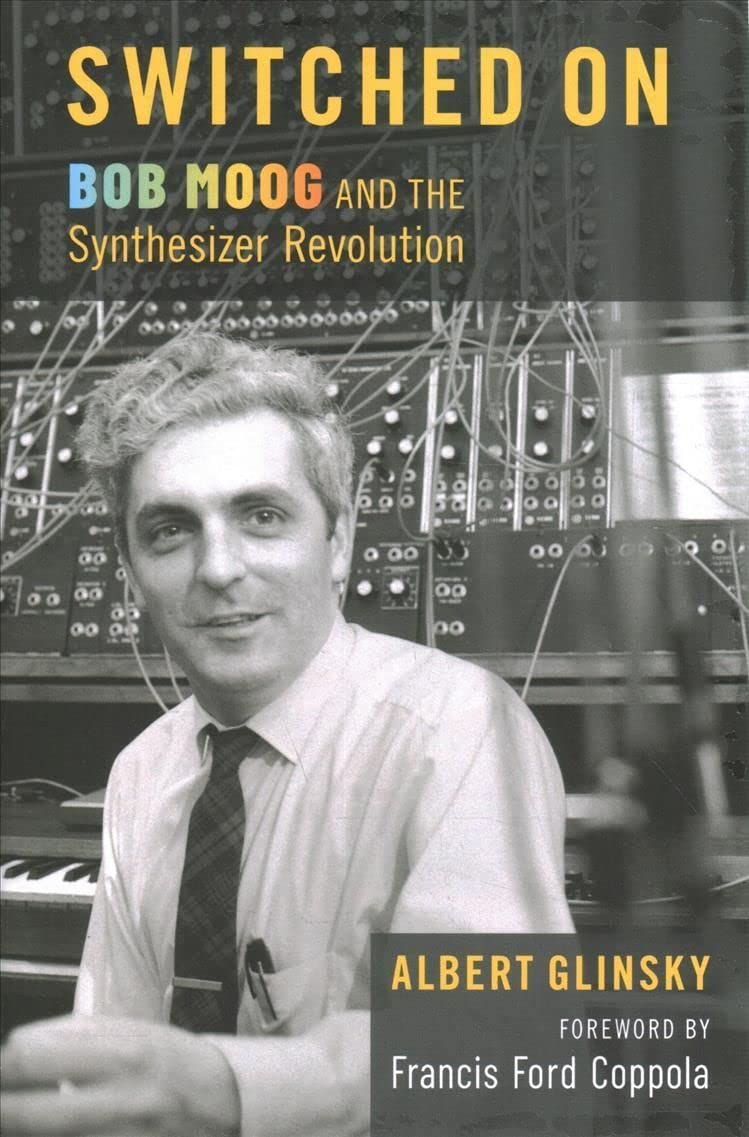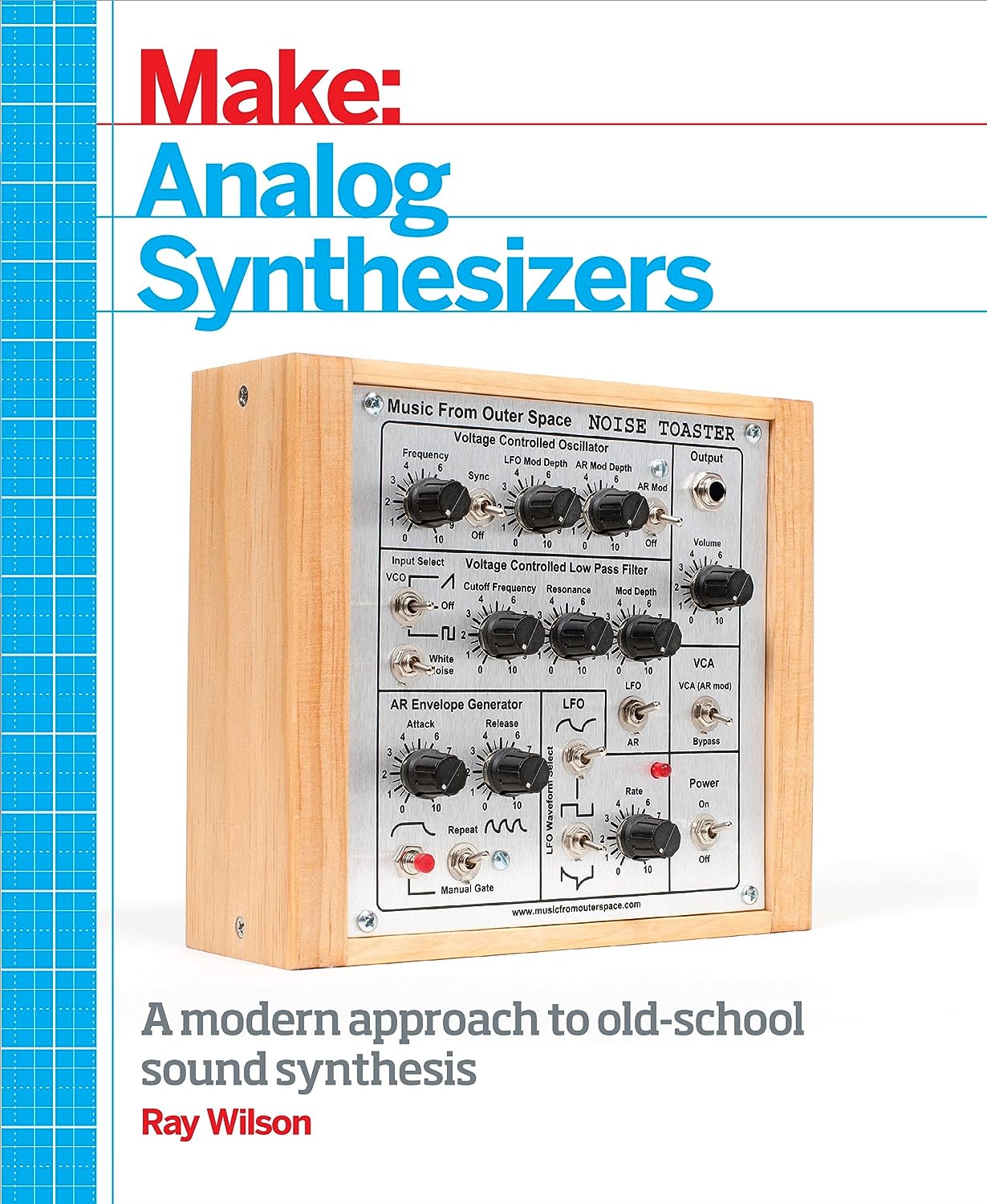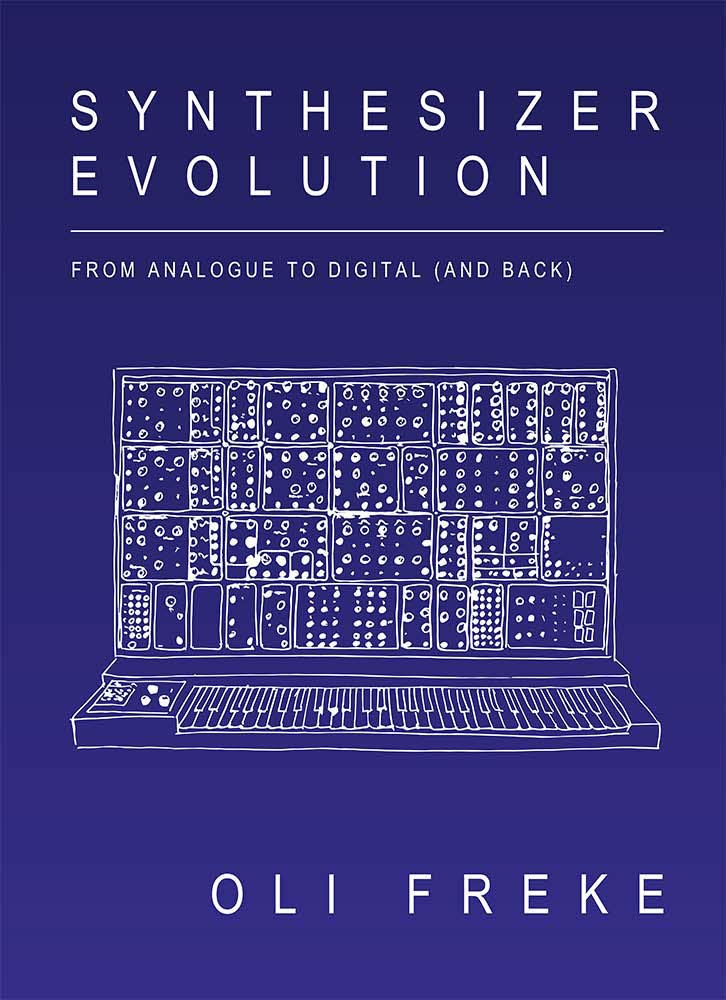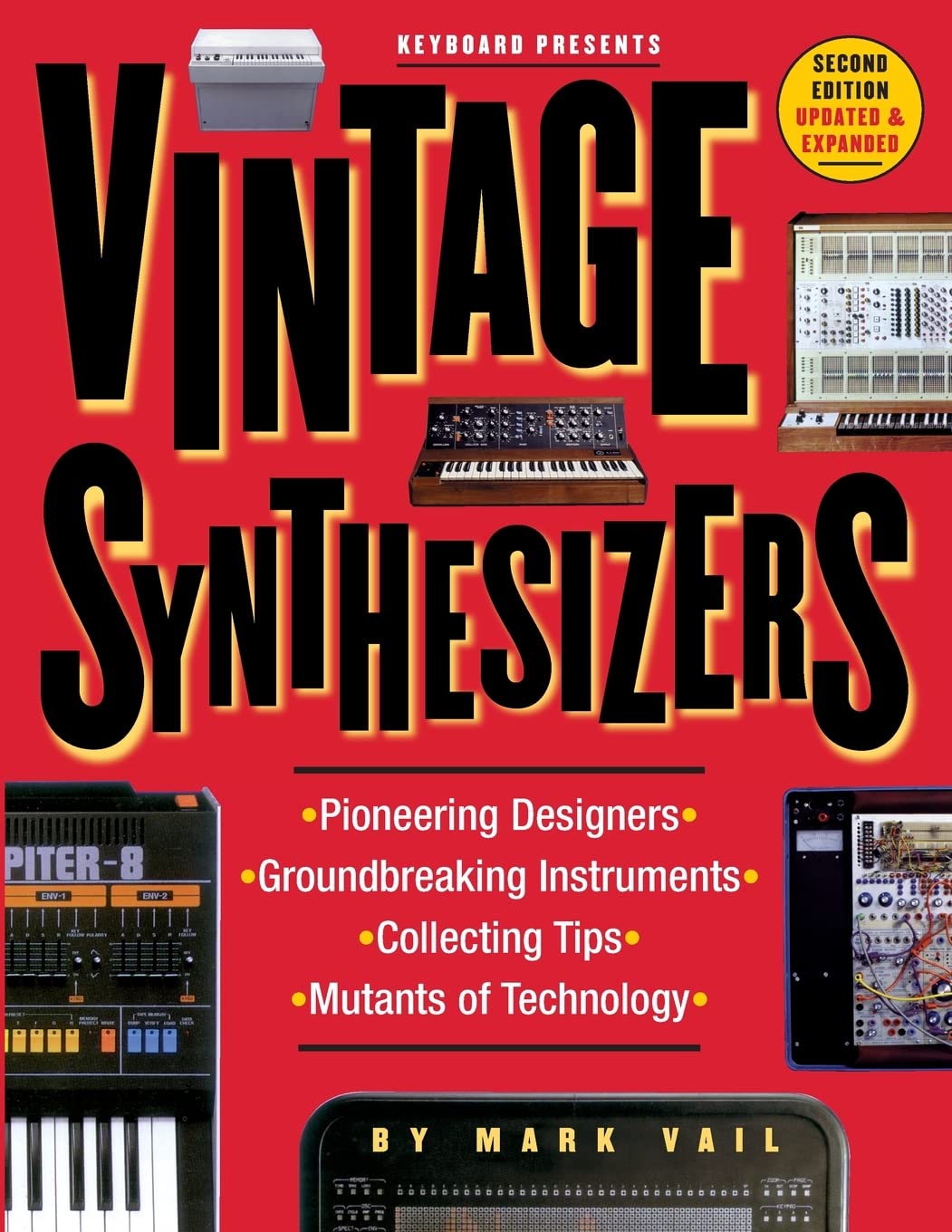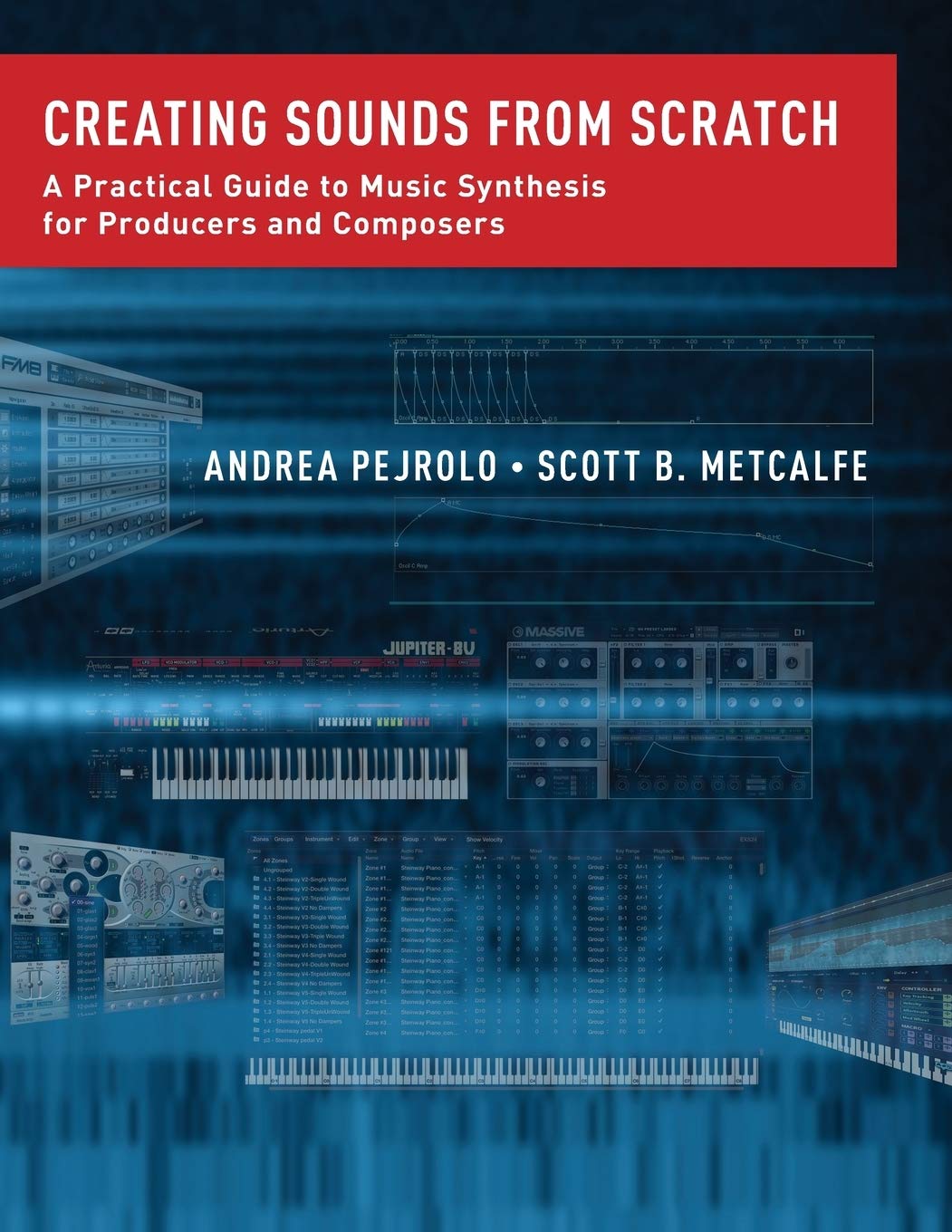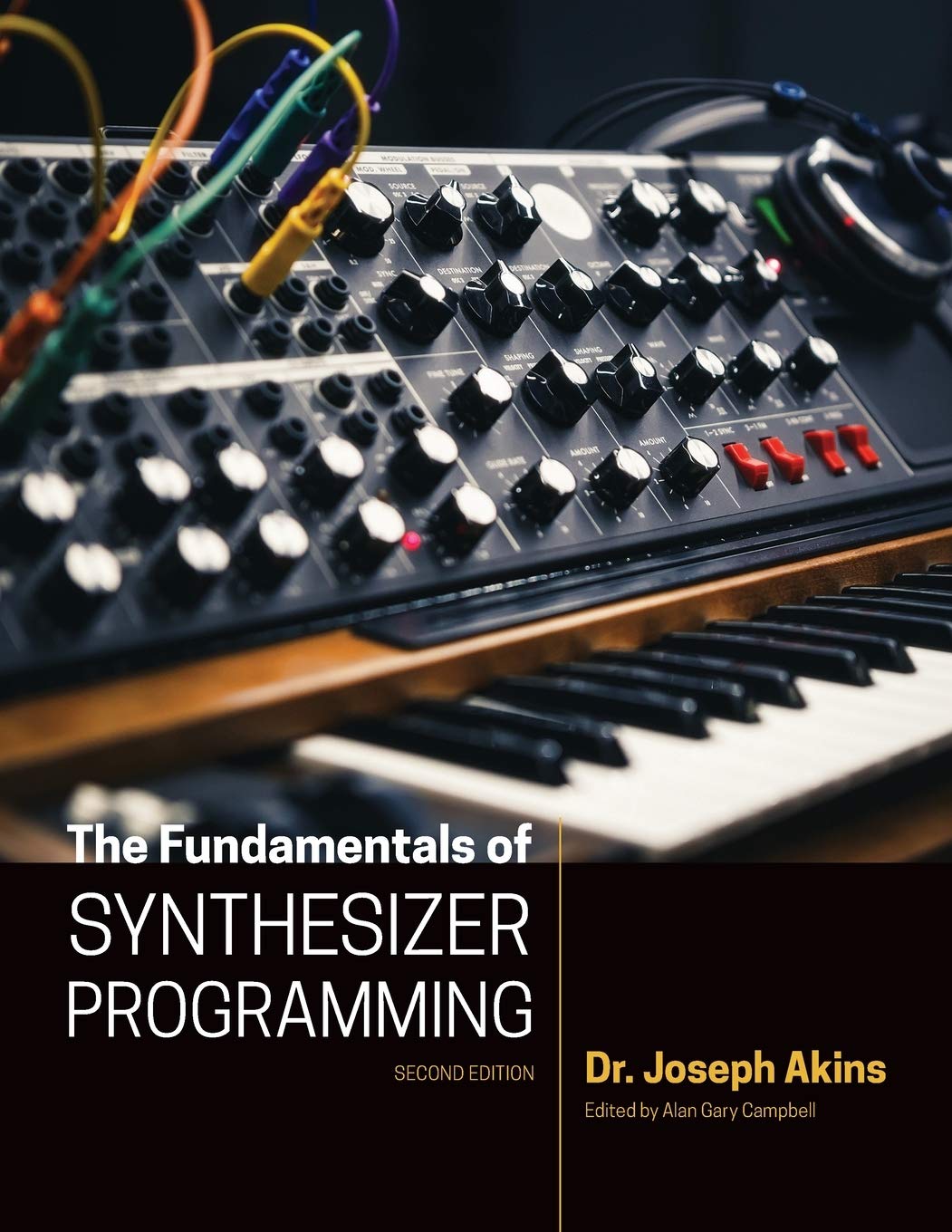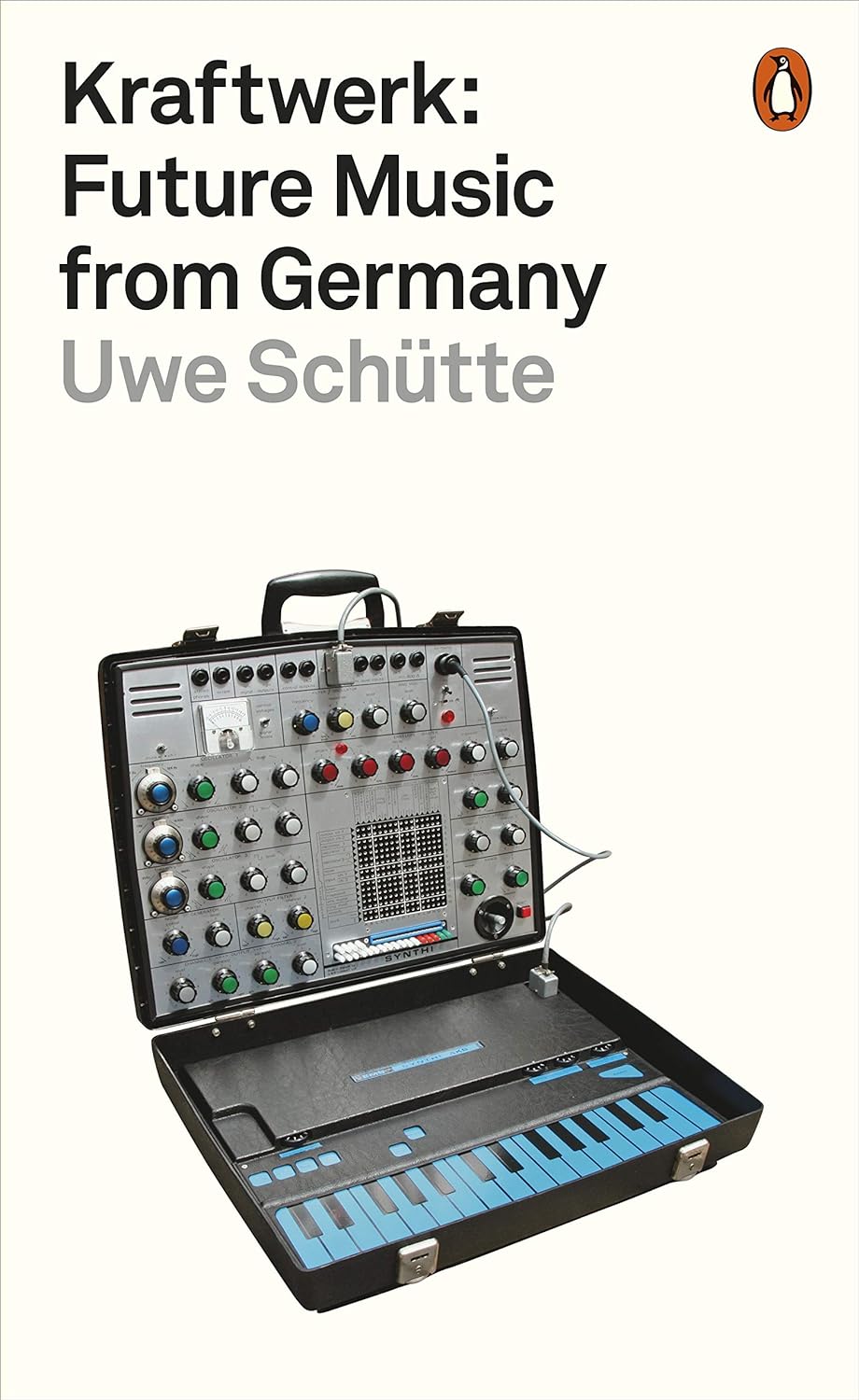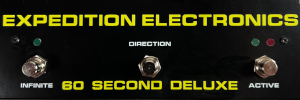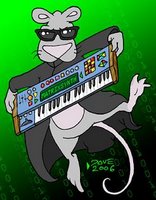 flickr by timotheus.newberg
flickr by timotheus.newbergfull size
"Switched-On Bach 1968
Trans-Electronic Music Productions, Inc. Presents. Virtuoso Electronic Performances Electronic Realizations and Performances by Walter Carlos with the assistance of Benjamin Folkman
1. Sinfonia To Cantata # 29 (3'24)
2. Air On A G String (2'31)
3. in F Major (0'39)
4. Tow Part Invention in B-Flat Major (1'28)
5. Tow Part Invention in D Minor (0'47)
6. Jesu, Joy Of Man's Desiring (2'58)
7. Prelude And Fugue # 7 in E-Flat Major (7'12)
(from Book I of The Well-Tempered Clavier)
Side 2
8. Prelude And Fugue # 2 in C Minor (2'43)
(from Book I of The Well-Tempered Clavier)
9. Chorale Prelude "Wachet Auf" (3'37)
Brandenburg Concerto No. 3 in G Major
10. Allegro (6'30) 11. Adagio (2'51) 12. Allegro (5'10)
(Total time 39'45)
Carlos Moog Modular Synthesizer
Bought the LP 24.10.1969 24 mk S:joki
To CDr 12.9.1999 (1st CDr from LP)
- MP3 24.9.06 (128) (3.3.08)
Cover photo Horn /Griner
Production: Rachel Elkind, Benjamin Folkman
CBS 63501
Can't remember anymore how I originally got any info of this legendary record, but I do remember how I found it at the Seinäjoki record Store and how I listened it before buying it. Even the trip to the city, dark evening and then how I was there with my 2 brothers, and how they left me into the record store and went to their businesses - and forgot me there... And how I was a bit scared when I realized that. (I was 17) And how they finally came to pick me up. (the last long Bach's Prelude nr 8 here - brings those memories over and over again...)
This record was very important many other ways. I took it with me to school and played during the music lesson and my music teacher liked it very much, so much that she wanted to play it in the morning prayer through the loud speakers to the whole school. That was amazing a moment for me!
Then I played it in our teenager dancing party at our school. Between the pop songs. Still remember how people were amazed to hear in-between Rolling Stones & Beatles something like this.
Trivia: The 1st LP I ever digitalized into CDr in 1999.
Trivia2: There's another version of the cover pic, where the wigged-headed "Bach" is standing."






































